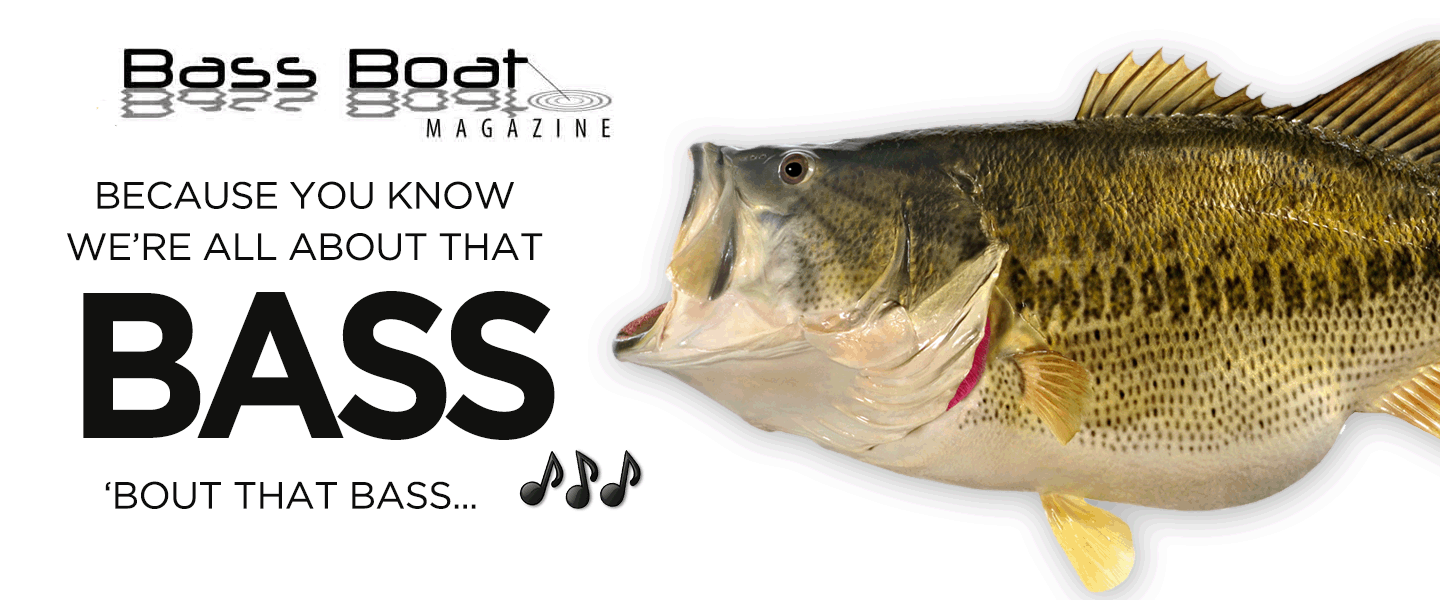Once you see a largemouth bass attack a buzzbait you will no doubt be hooked on fishing with buzzbaits. They're just so darn fun and they are very good at their job – catching fish – especially largemouth bass. Over the years, however, I've seen very different techniques that people use when fishing with buzz baits. What is a buzzbait (also known as a chatter bait as well)?
Simply put, buzz baits or chatter baits are baits that create a "buzz" or "chatter" in the water. This buzz/chatter is created by the chopping of the water that occurs when these lures are kept to the surface when reeling in, and this attracts the fish.
Most amateurs that use buzzbaits don't fish with them correctly at all – they use them like spinner baits. That is, they simply cast them out and let them sink and then reel them in slowly. For the sake of this article, I'm going to assume that you already know this is wrong.
But even the serious anglers use these baits differently. I set out and did an experiment using the following 3 different buzzbait techniques:
1) High position, fast reel – here the buzzbait was kept high on the water surface (for maximum buzzing) and the retrieval was fast
2) Low position, slow reel - here the buzz bait was kept lower in the water (almost under the surface) and the retrieval was slow
3) Combination of the above
In my testing, the number 3 option above was the clear winner in catching the most fish. In fact, it out performed the other two options by catching more fish than both option 1 and option 2 put together!
The technique that I used was to start with technique 1 as
soon as the buzz bait hit the water from the cast. Then after about 5 spins of the reel, I'd let the lure slowly sink in the water - until it was under the surface for a couple of seconds. Then I would bring the buzzbait to the surface and start the second technique. After about 5 spins of the reel, I'd let the buzz bait sink and then go back to the first technique.
I found that using this combination, in 3 out of 5 strike attempts by a bass, the strike would usually occur while the buzz bait was sinking (in between the technique switches). And when it would strike in this manner, it was usually a strike that resulted in landing the fish. I assume this is due to the lure "falling" into that bass's mouth, as opposed to moving away from it.
Whats your Technique?
Simply put, buzz baits or chatter baits are baits that create a "buzz" or "chatter" in the water. This buzz/chatter is created by the chopping of the water that occurs when these lures are kept to the surface when reeling in, and this attracts the fish.
Most amateurs that use buzzbaits don't fish with them correctly at all – they use them like spinner baits. That is, they simply cast them out and let them sink and then reel them in slowly. For the sake of this article, I'm going to assume that you already know this is wrong.
But even the serious anglers use these baits differently. I set out and did an experiment using the following 3 different buzzbait techniques:
1) High position, fast reel – here the buzzbait was kept high on the water surface (for maximum buzzing) and the retrieval was fast
2) Low position, slow reel - here the buzz bait was kept lower in the water (almost under the surface) and the retrieval was slow
3) Combination of the above
In my testing, the number 3 option above was the clear winner in catching the most fish. In fact, it out performed the other two options by catching more fish than both option 1 and option 2 put together!
The technique that I used was to start with technique 1 as
soon as the buzz bait hit the water from the cast. Then after about 5 spins of the reel, I'd let the lure slowly sink in the water - until it was under the surface for a couple of seconds. Then I would bring the buzzbait to the surface and start the second technique. After about 5 spins of the reel, I'd let the buzz bait sink and then go back to the first technique.
I found that using this combination, in 3 out of 5 strike attempts by a bass, the strike would usually occur while the buzz bait was sinking (in between the technique switches). And when it would strike in this manner, it was usually a strike that resulted in landing the fish. I assume this is due to the lure "falling" into that bass's mouth, as opposed to moving away from it.
Whats your Technique?

